The Corsair H80i GT and H100i GTX AIO Coolers Review
by E. Fylladitakis on November 16, 2015 8:00 AM EST- Posted in
- Cases/Cooling/PSUs
- Corsair
- Liquid Cooling
- Corsair Link
The Corsair H80i GT and H100i GTX
Both the H80i GT and the H100i GTX are based on the common configuration of a radiator, two hoses and one block that combines the CPU contact plate and the pump. The H80i GT is designed to take a single 120 mm slot while the H100i GTX requires two adjacent 120 mm slots. For both of these liquid coolers, Corsair ditched the standard thin corrugated/rubber tubing and is using thick braided tubes instead. The internal diameter of these tubes is not really larger, but they are more resistant to kinks and have significantly greater mechanical strength.
The main (and virtually only) physical difference between the H80i GT and the H100i GTX is the radiator. Both radiators are based on the same core design, a dual pass cross-flow configuration with wavy fins attached to the thin oblong tubes. The H100i GTX has a 276 mm long radiator that is 30 mm thick and can hold two 120 mm fans on either of its sides. The radiator of the H80i GT is 154 mm long and capable of holding one 120 mm on either of its sides, but it also is 49 mm thick, making up some of the lost mass. The thickness however increases the airflow impedance of the radiator significantly, which is why Corsair is supplying two 120 mm fans with the H80i GT to be used in a push-pull configuration, in order to maintain practical pressure and airflow levels. The 30 mm radiator of the H100i GTX has significantly lower airflow impedance and thus a push-pull configuration would not have a significant effect, particularly considering the already high pressure of the supplied SP120L fans.
Both of the coolers we review today share the same pump/block assembly. It is mostly made out of plastic, with an octagonal piano black top and a circular base. A grey cover with a semi-transparent company logo can be seen at the top. RGB LED lighting is installed beneath this cover, illuminating the company logo along with the top and the bottom side of the grey cover.
The copper contact plate is attached to the circular base of the block with eight screws. Thermal material is pre-applied to it and it comes with the Intel CPU mounting retention bracket from the factory. A retention bracket for AMD CPUs is included in the box.
One of the most important features of these two coolers is the Corsair Link support. By attaching the provided USB cable to an internal header on the motherboard (or to the Corsair Link Commander, if one is available), the user has direct control over almost everything regarding the coolers. The LED color can be changed manually or can be linked to a temperature, the speed of the pump and the cooling fans can be configured and custom cooling schemes can be programmed as well. The speed of the pump or fans can be set to one of the pre-programmed modes (e.g. Quiet, Performance, etc.), to a fixed speed or a custom cooling curve can be manually created.


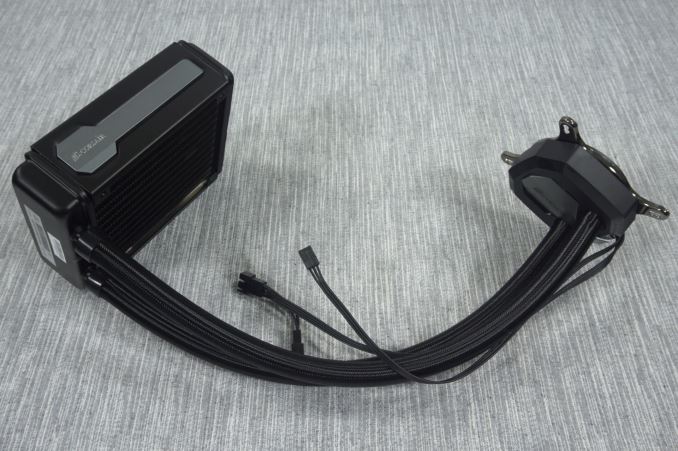
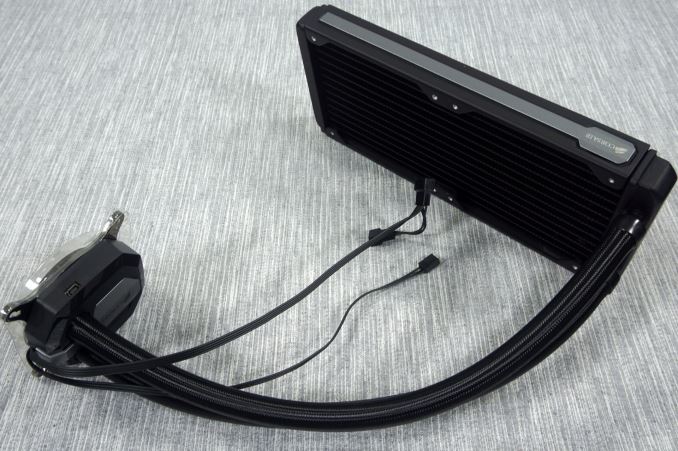
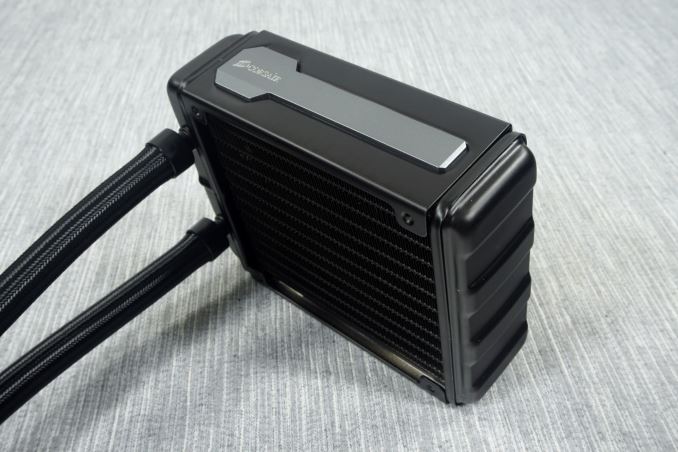
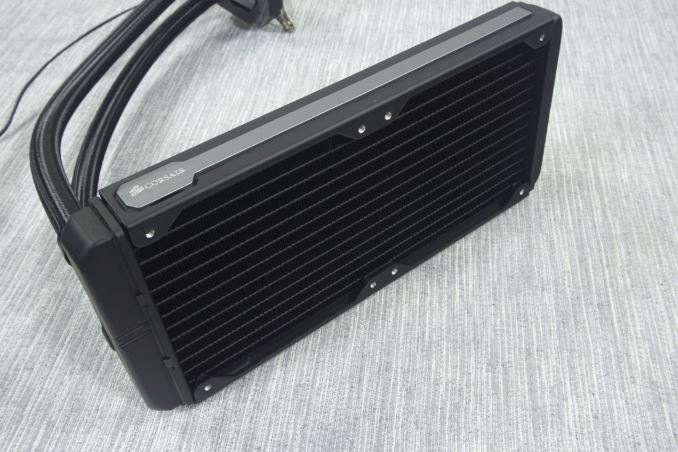
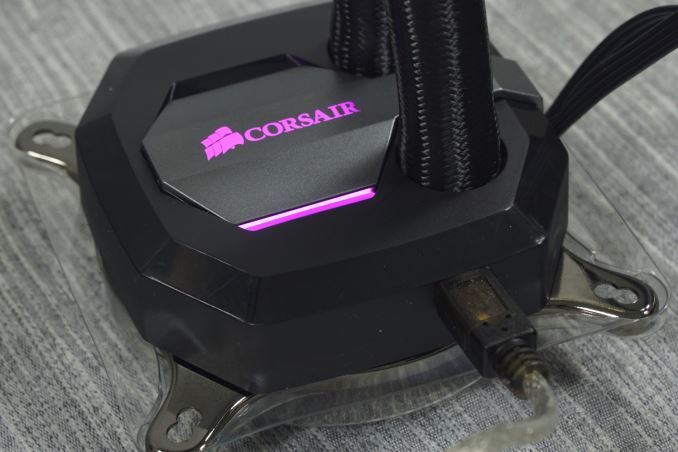
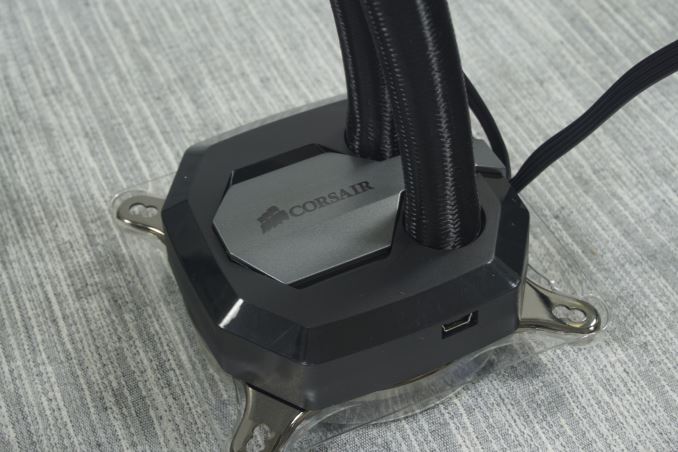

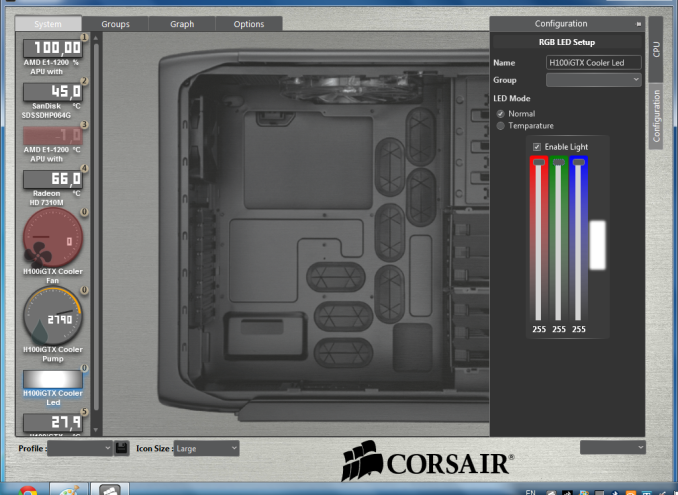
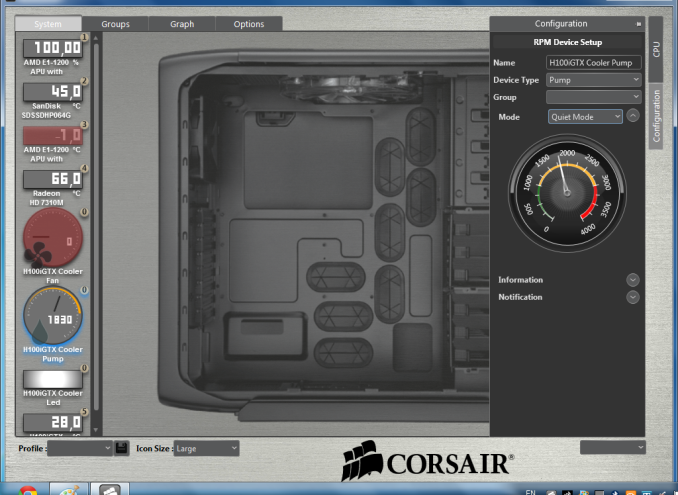
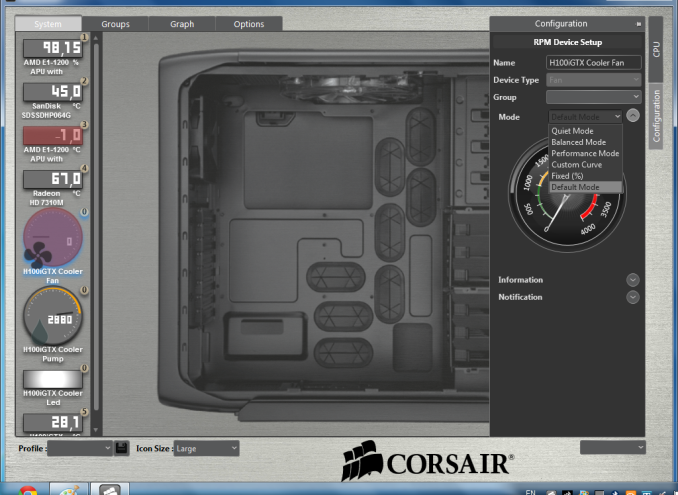








47 Comments
View All Comments
Beararam - Tuesday, November 17, 2015 - link
"cause you clearly don't know what inaudible and loud really means""Anything above 20 dBA is rightfully considered loud."
The whispers! Stop the whispers, my ears are bleeding! Oh the pain!
Maybe you need to walk around with earmuffs on.
samsp99 - Wednesday, November 18, 2015 - link
Is undervolting the fans the right approach for pwm based fans? i would have thought that using the control software would be the way to control the rpm for better noise control?This may not work for your standardized tests though.
Bansaku - Wednesday, November 18, 2015 - link
I am a Corsair fanboy, I will admit it with. Every aftermarket components from fans to case to keyboard is Corsair. However, I have never been impressed with their AIO coolers. Every model I have tried over the years have all resulted in NOISY pumps after a few days. In the case of the H115 it literally took one stress test under load for the pump to start clicking.I have been using my Zalman CNPS20LQ for years with my i7 3770K (push/pull with 2x Corsair SP120) and it's performance has remained constant since day one. Pump is whisper quiet, and my own tests put it between the H80 and H100i (which I have purchased to replace the Zalman but ended up returning).
MamiyaOtaru - Thursday, November 19, 2015 - link
CPU watercoolers seem so anachronistic to me (like BTX mobos) now that GPUs are using far more powerHollyDOL - Saturday, November 21, 2015 - link
Personally I switched to watercool due to noise levels back in C2D + 8800GT days... having one pump sitting in a "foam" to cancel vibrations and big passive radiator outside the chasis = computer silent enough to have it crunching numbers over night and sleep just next to it. And I am still completely happy with the solution. Today it cools my i5-2500K and GTX580 and most likely will be cooling next machine when time comes and money allows...6SpeedRobbyG - Saturday, November 21, 2015 - link
Can anyone confirm the H80i GT will fit in my Cooler Master Elite 130?hkuspc40 - Sunday, November 22, 2015 - link
Not that you would have known but the Corsair Link software is a mess. They've done a lot to clean it up but it still has major issues. You can check their forums if you don't believe me. I believe it's also why you can't find their LED lighting kits or commanders anymore. I'm happy with my H100i but was pretty disappointed with the software.